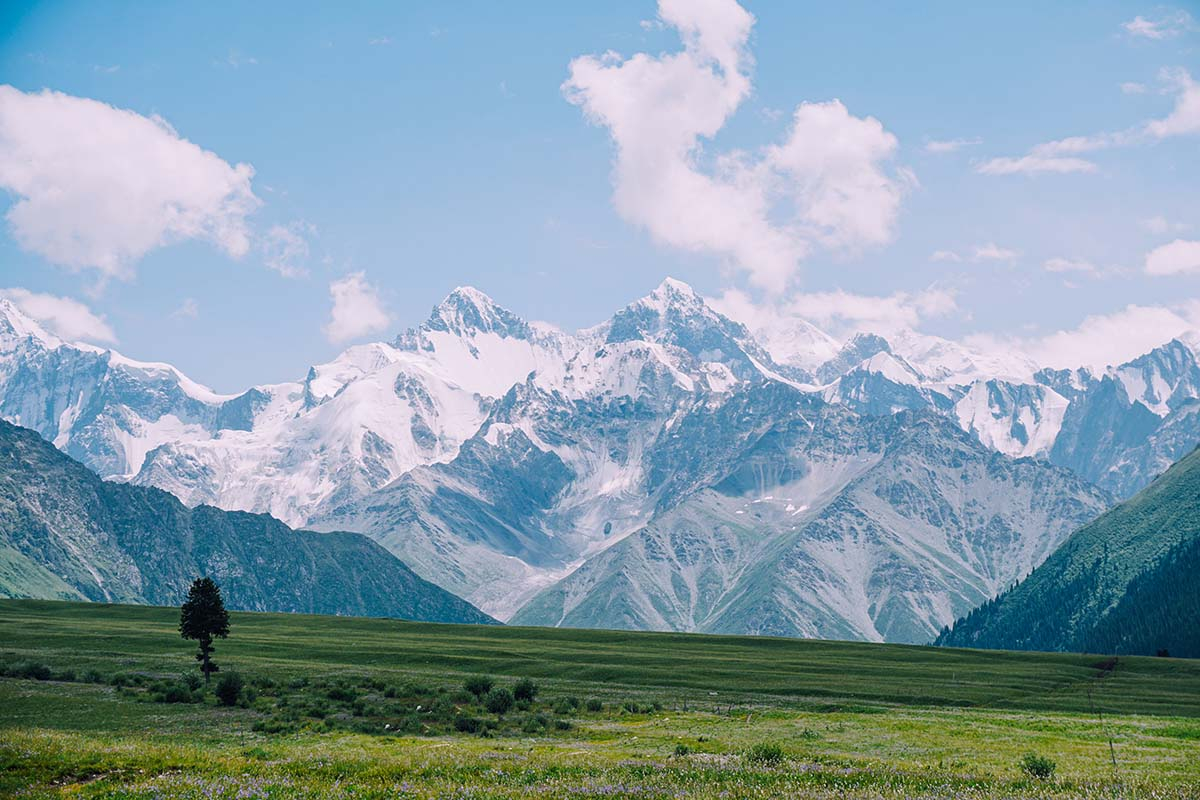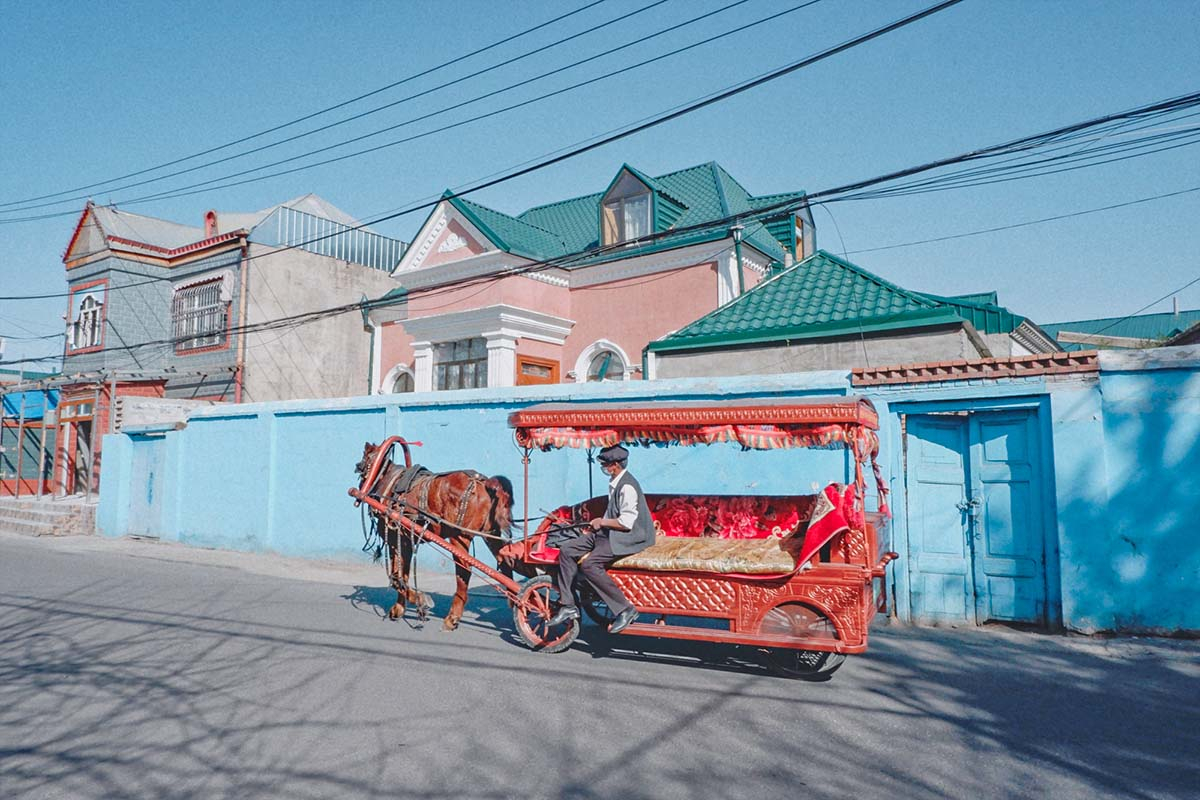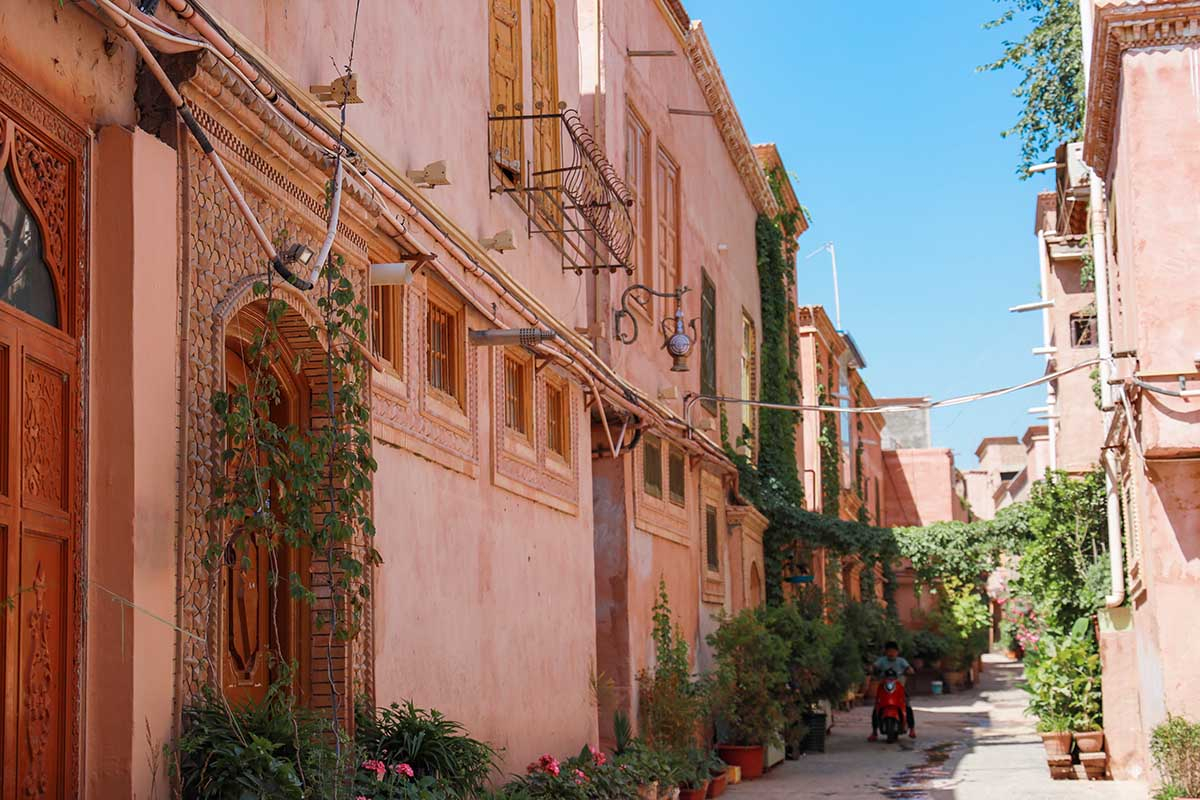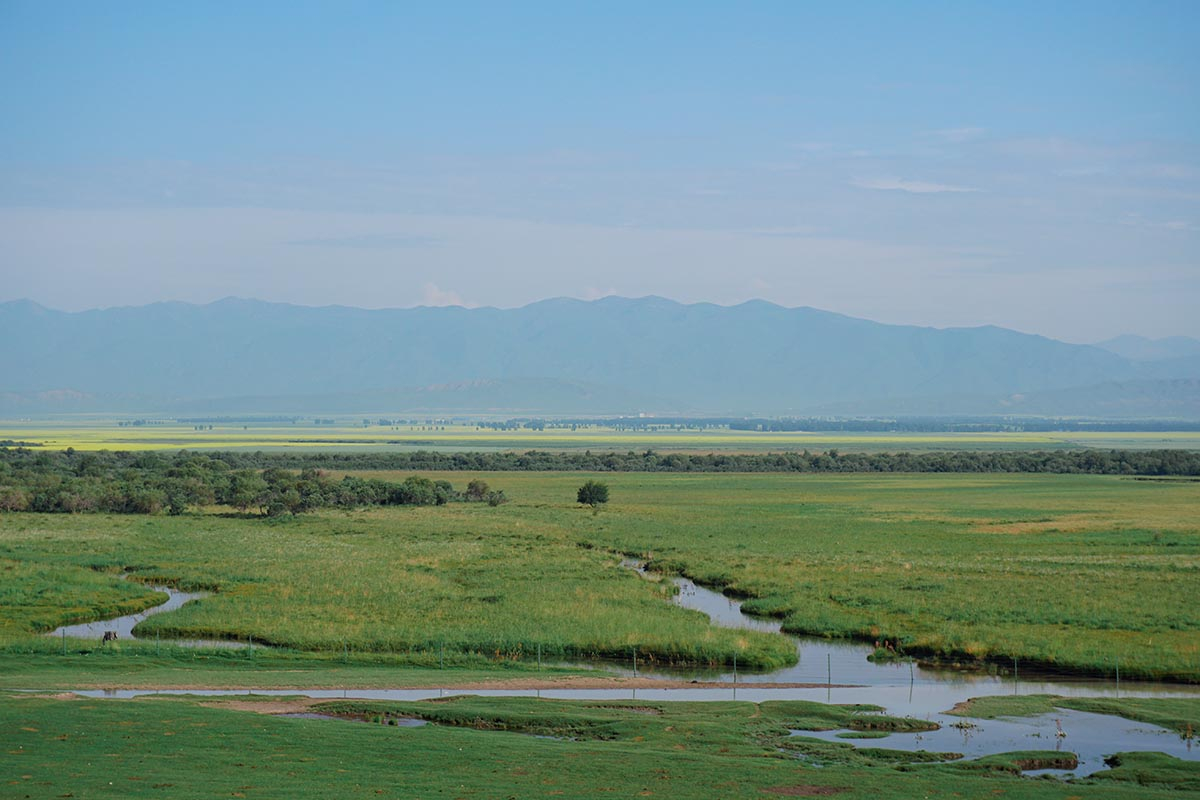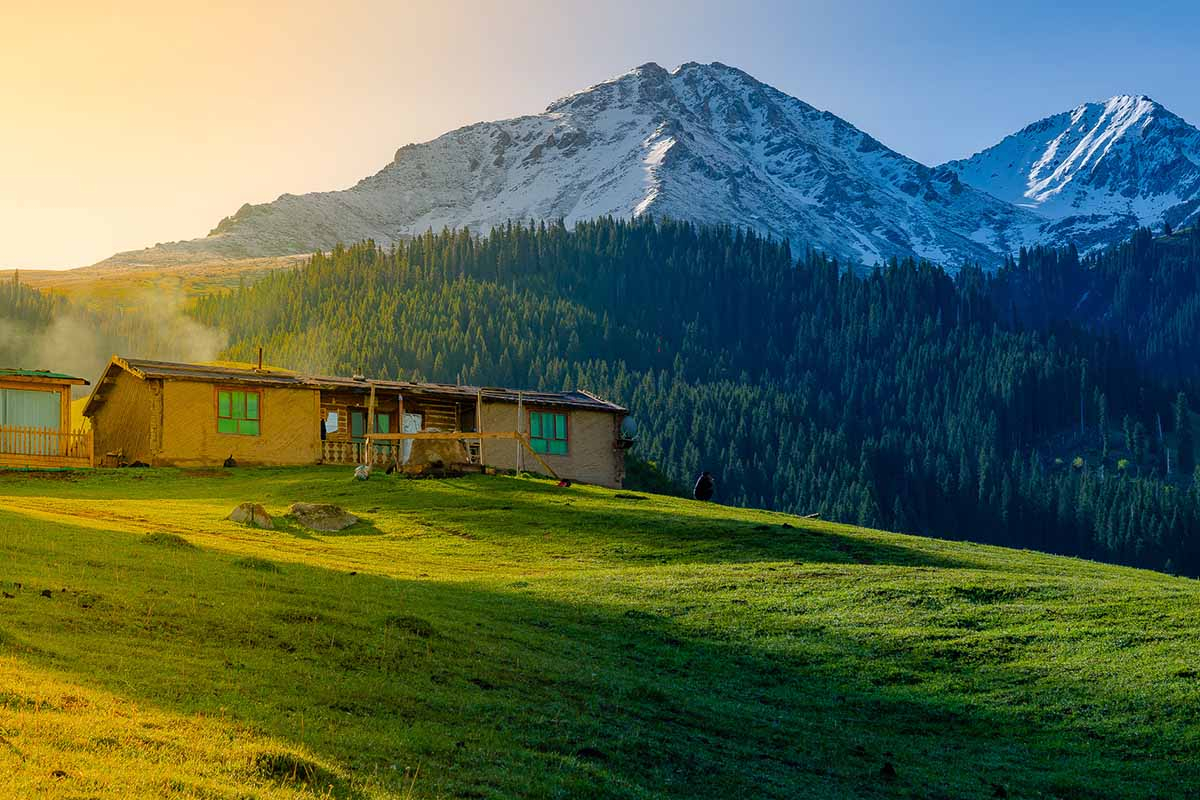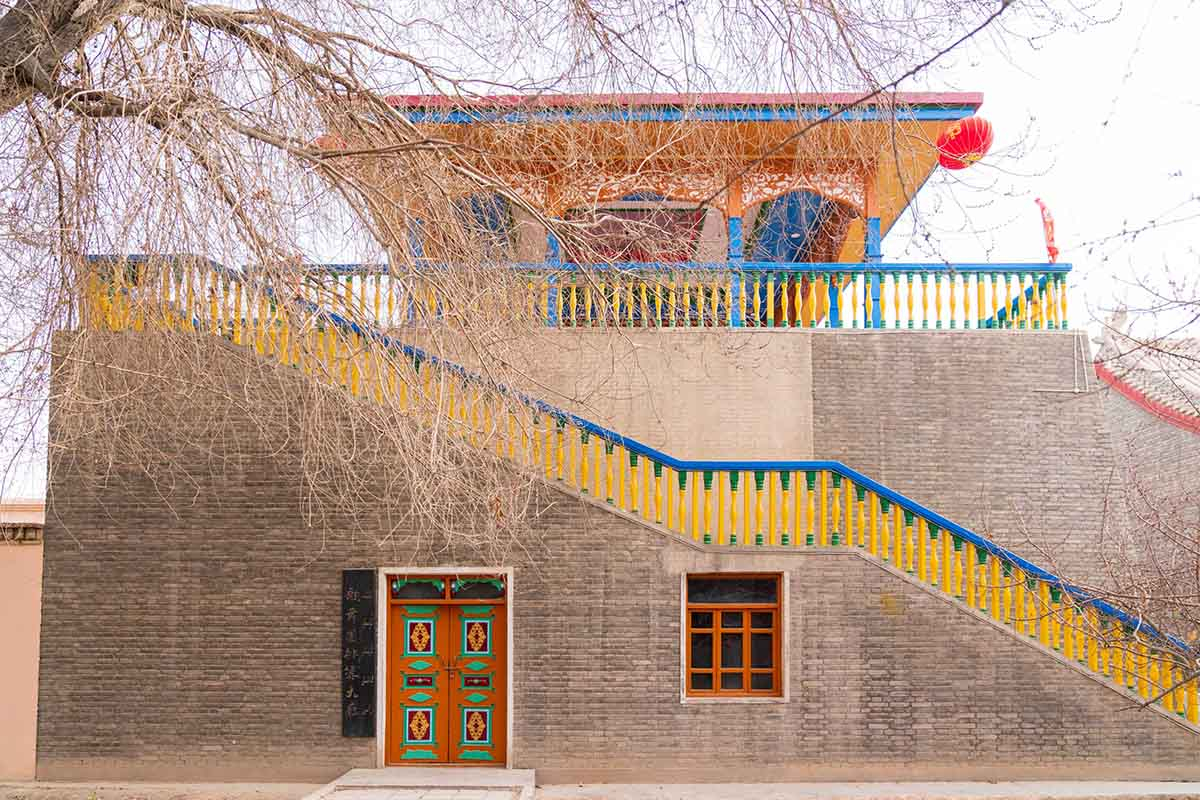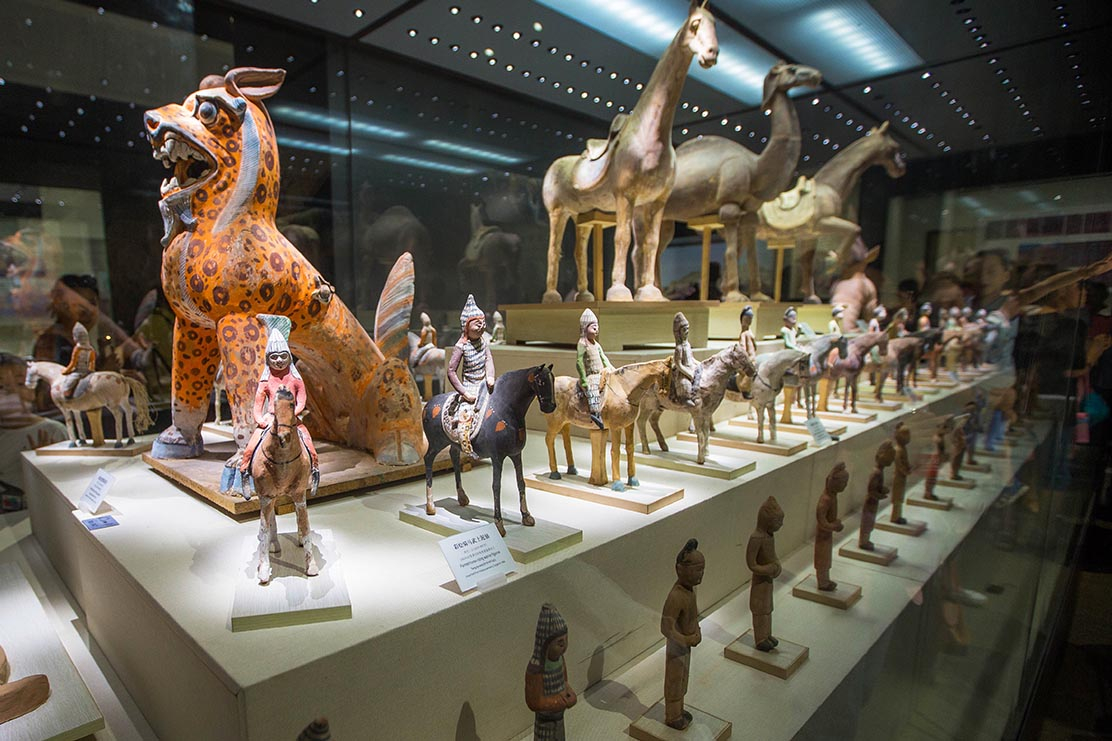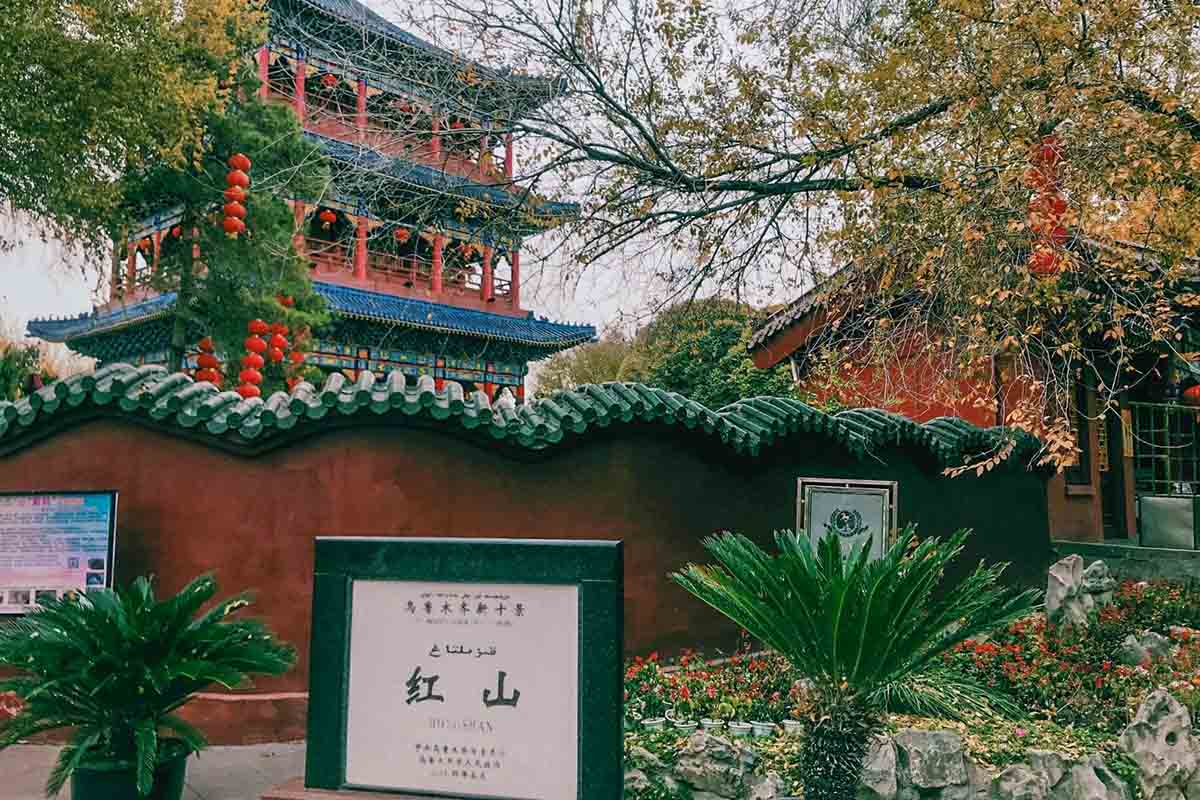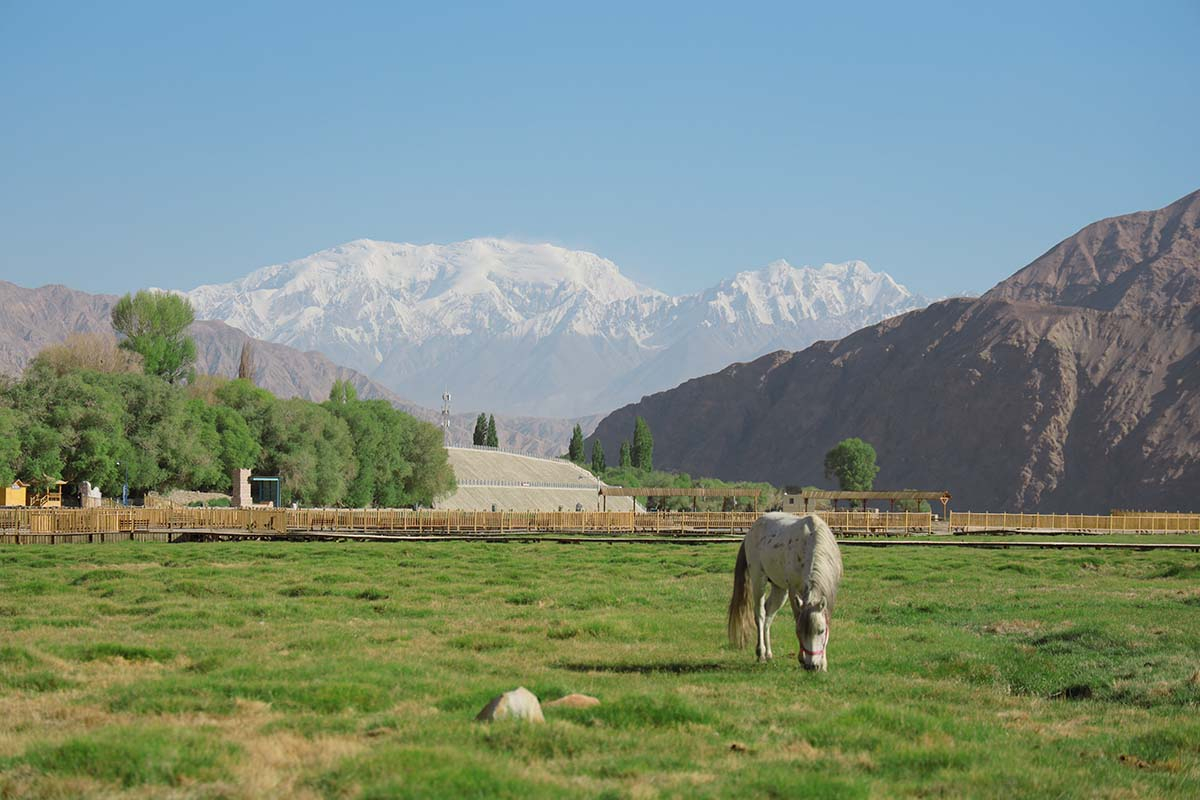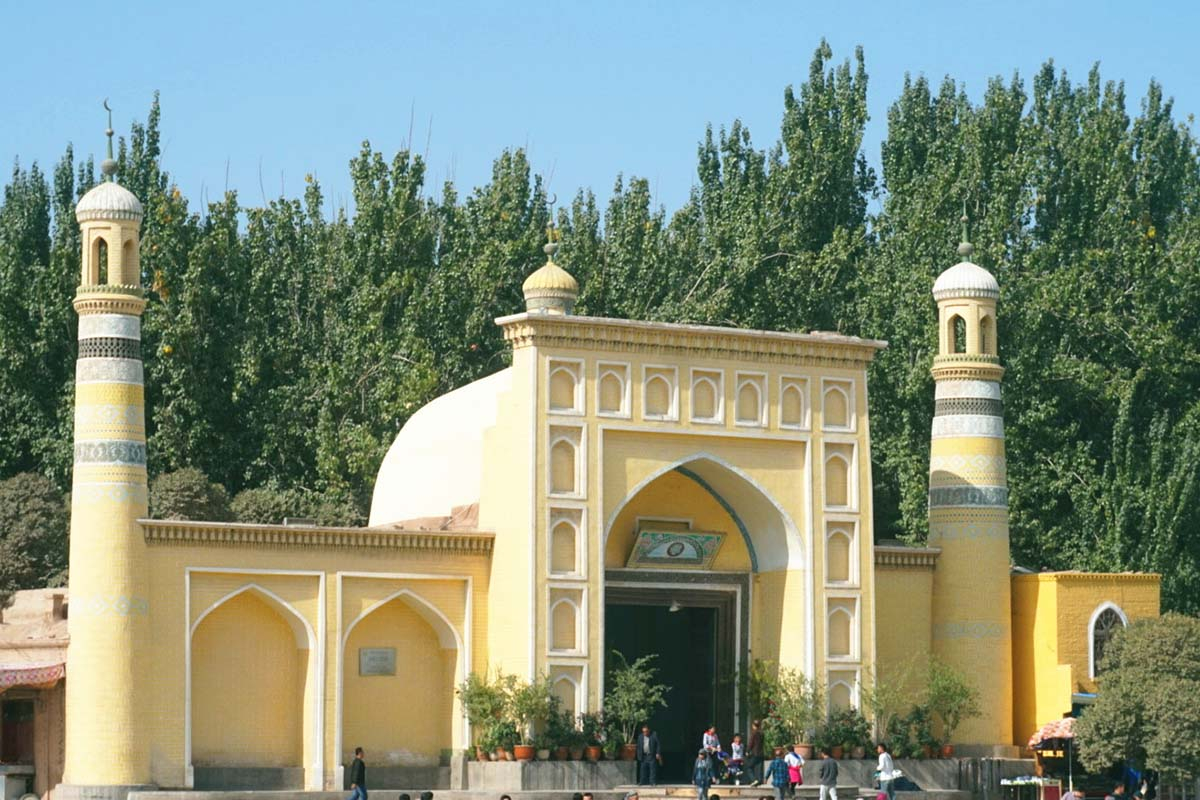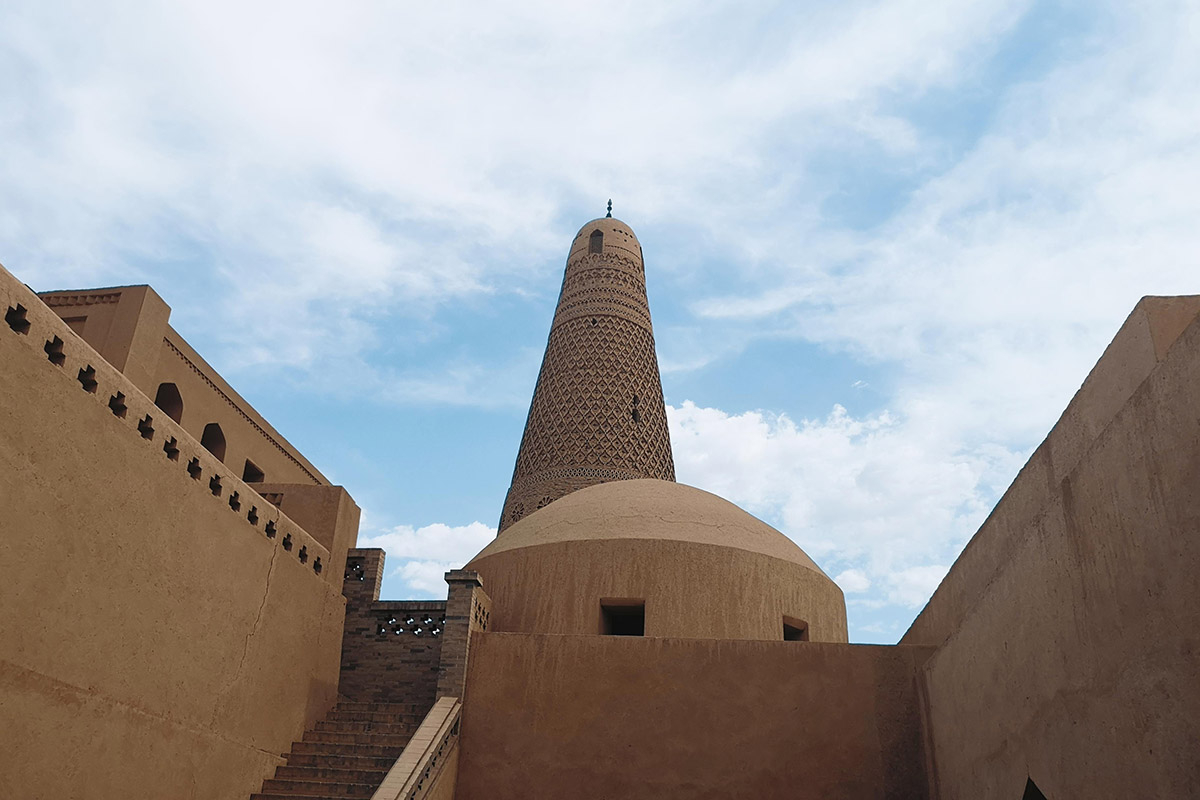Qiongkushitai Village
Chinese name: 琼库什台(Qiong Ku Shen Tai)
Location: Yining City, Ili Kazakh Autonomous Prefecture, Xinjiang.
Ticket: Free
Estimated time of tour: half day
Recommended time of visit: Jun to Oct.
Nearby attractions: Nalati grassland, Kalajun Grassland, Xiata Grand Canyon, Zhaosu Wetland, Sayram Lake, etc.
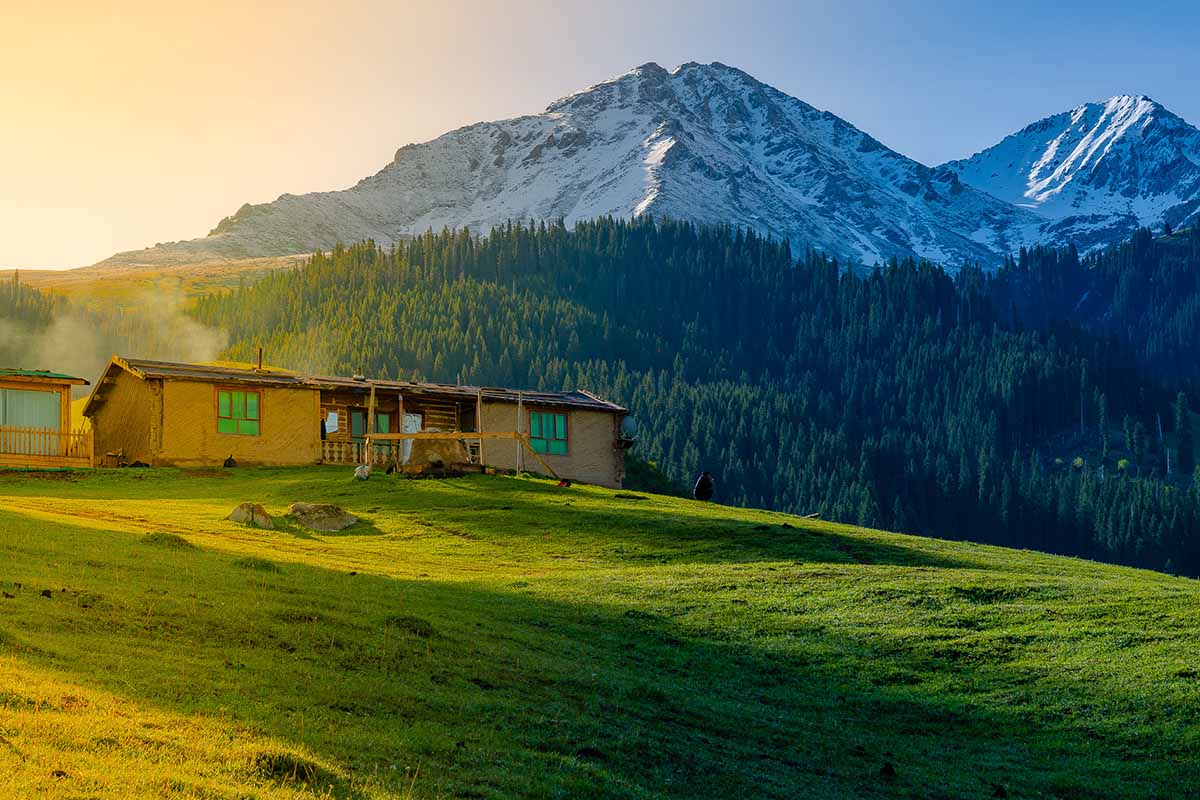
Qiongkushitai village and its surrounding areas have gained great popularity for its beautiful scenery, unique Kazakh wooden buildings and villagers' original lifestyles.
Qiongkushitai village is in Karadala Township of Tekes County, north of Xinjiang Xinjiang Uygur Autonomous Region. It is about 90km from the downtown of Tekes with 300 households and 1700 people. The village is primarily ethnic Kazakh. It is surrounded by mountains by all directions. Villagers build their houses by the side of Kurdai River, a tributary of Tekes River. Most of houses in the river valley are built by wood. It is one of the well preserved wood house groups in Ili river valley. This village was enlisted Historical Village of China in 2010 and enlisted Key Village for Rural Tourism of China in 2019. Roads have been built, connecting to even the most remote homes. The local government promotes tourism to upgrade the living conditions. The growing number of visitors has forced lifestyle changes.
This area is also the entrance to Wusun ancient route. This far western region of China is divided into the Dzungarian Basin in the north and the Tarim Basin in the south by the Tianshan Mountain range. While Wusun route provided a rare passage to traverse this mountain range and connect north and south of Xinjiang. Various nomadic groups attempted to take control of this strategic site. West Han Dynasty allied with Wusun Kingdom in exchange of using this ancient route to defense Huns. This ancient route again proved its strategic significance during Tang Dynasty when Tang was in war with Turks
Trekking the ancient route is now considered a classic exploration to understand the history of Xinjiang. It takes about 6 days to complete the trekking. It is a challenging experience and probably not suitable for fait hearted.
Like many locations in north of Xinjiang, there are idyllic pastures around the village. The Kazakh herders still live in a traditional pastoral life. This village provides a window for visitors who are interested in the lives of the less known ethnic group in China. There are currently 1.5 million Kazakh people living in China. Like their relatives in Kazakhstan, they speaking their own Altaic language and are proud of their traditions and customs.
- HOTEST
- RECOMMEND


